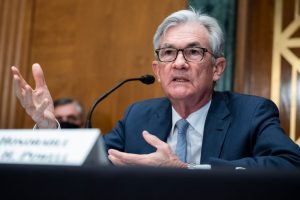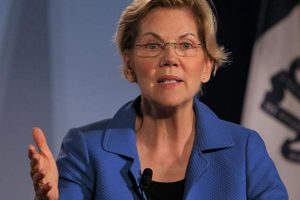The Reserve Bank of India (RBI) is expected to hike the repo rate by 35-50 basis points (bps) during its policy meeting this week, according to most economists. The monetary policy committee (MPC) will meet from August 3 to 5.
Also Read| RBI MPC meet: When and where to watch RBI Governor’s address live
Analysts expect the MPC to cut its inflation projection for FY23 to 6.7% from 7.01% since consumer price inflation (CPI) fell to 7.01% in June. Inflation looks to have peaked, the governor of the Reserve Bank of India, Shaktikanta Das, stated earlier this month, but he also cautioned that despite June’s softening trends, commodity prices remain high.
Also Read | RBI expected to hike interest rate by 35-50 bps
According to analysts, the gradual tightening of liquidity conditions in the banking sector over the last several weeks is aiding a speedier achievement of the central bank’s policy aims, and this might entail a shorter rate-hiking cycle than previously predicted.
Also Read| Why RBI would be pushed to hike interest rates
According to Rahul Bajoria, MD and chief India economist at Barclays, system liquidity has fallen below the central bank’s targeted 1.5% of net demand and time liabilities (NDTL), causing a jump in the short-term money market rates.
Also Read | Harshad Mehta scam: How Big Bull shook the Indian stock market
“Liquidity shrinkage and external benchmarking of loans continue to fuel the faster and complete transmission of rate hikes. That should make the MPC’s job easier, as it negates the need for a higher terminal rate,” he said.
Madan Sabnavis, the chief economist of the Bank of Baroda (BoB), believes the MPC would back down from its commitment to withdraw accommodation because there is now insufficient liquidity.
Also Read | Explained: Difference between RBI’s accommodative, neutral & hawkish stance
“They will indicate the use of OMO (open market operations) to provide liquidity,” he said. Sabnavis expects a 25-bps hike in the repo rate.
The latent liquidity, which is believed to be between Rs 3.5 trillion and Rs 4 trillion in the form of government balances with the RBI, has been highlighted by economists despite the fact that system liquidity has nominally declined far below Rs 1 trillion. As a result, the MPC’s decisions may be influenced by the government’s predicted spending behaviour.
Also Read | Explained: Changes in repo rates and their impact on stock market
The rate-setting committee may take note of worries about the external environment as consumer inflation shows signs of slowing down. The dollar has been strengthening as the US Federal Reserve raises interest rates, putting pressure on the rupee, which has already crossed the 80-mark against the greenback.







